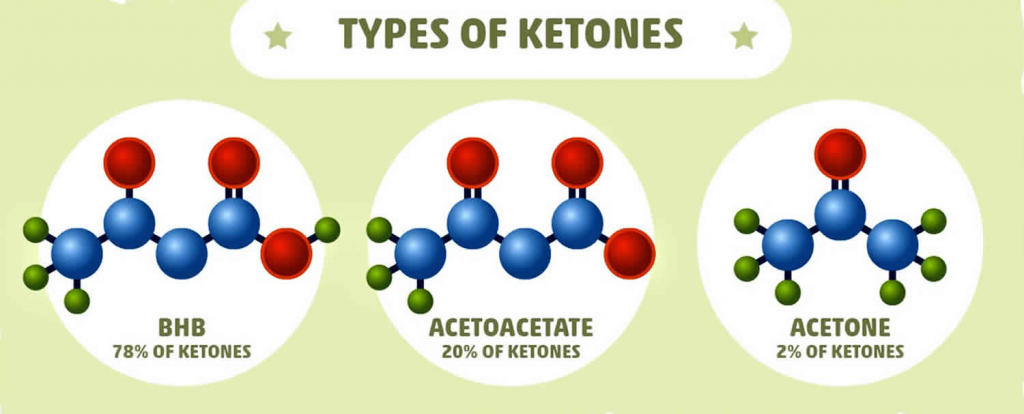Recap: sustainable weight loss
Regular physical activity / decreased physical inactivity
+
Reduced, low or very low energy (kilojoule) diets
- Very Low Energy, Low Energy and Reduced Energy diets are commonly used, clinically.
- Very Low Energy Diets chosen in most recent research to mimic the effects of bariatric surgery.
Very low energy (kilojoule/Calorie) diets
- Typically, cow milk-protein based “shakes”.
- Based on the average Australian 72 kg woman and 87 kg man, they should provide at least 58 – 70 g, respectively, of very high-quality protein per day.
- None of the brands currently available in Australia meet the Recommended Dietary Intake (RDI) or Acceptable Intake (AI) for all micronutrients, and therefore no brand can strictly be considered “nutritionally complete” for all age and sex groups.
- Some currently use lower quality ingredients as the primary protein source.

- VLEDs are generally consumed 3 x day.
- As well as the “shakes”, need to consume 2 litres of non-caloric fluids (e.g. water, black tea/coffee, “diet”/no-sugar soft drinks, cordials, etc.).
- Ideally 2 cups of non-starchy vegetables (e.g. most vegetables other than beetroot, parsnip, peas, potatoes, pumpkin, sweet potatoes, sweet corn, and yams).
- 1-2 teaspoons of unsaturated oil (e.g. olive oil, canola oil, etc…) per day.
- To reduce constipation and aid gallbladder contraction.
- Many people will also need to take an additional high quality protein supplement.

VLED mechanisms
- In addition to the amount and type of protein, available carbohydrate content is also an important consideration.
- Low carbohydrate intake during a VLED is thought to be important for ketosis and appetite suppression.
- “ketones” refers to three molecules, acetoacetate, 3-b-hydroxybutyrate and acetone

- Ketosis results when carbohydrate (glucose) is in short supply in the body, leading to increased circulating concentrations of ketones, which are produced in the liver by oxidation of free fatty acids.
- Ketosis is thought to be a key factor in helping to prevent a compensatory increase in the drive to eat (e.g., hunger) despite the severely restricted energy intake of a VLED, allowing individuals to lose weight rapidly without feeling excessively hungry.
- A recent meta-analysis showed that a compensatory increase in appetite was not seen in VLEDs that contained approximately 50 g of carbohydrate per day.
VLED contraindications
- Generally, only recommended for Caucasian people who have a BMI >30 kg/m2, or 27 kg/m2 if they have weight-related complications (e.g., type 2 diabetes).
- Unsuitable as a sole source of nutrition for:
– children and adolescents,
– pregnant or lactating women, and
– the elderly (65+ years).
- People that have:
– gall stones,
– gout,
– advanced renal or hepatic disease,
– pancreatitis,
– recently had myocardial infarction or unstable angina
- Should discuss the suitability of using a VLED with their doctor.
VLED side effects
- Most common side effects include
– boredom,
– cold intolerance,
– dizziness,
– postural hypotension,
– constipation,
– bad breath,
– headaches,
– fatigue,
– dry skin, and
– transient alopecia.
VLED side effects – “keto flu”
- When people first start a ketogenic VLED program, they may develop one or more of a constellation of symptoms known colloquially as the “Keto flu”:
– feeling colder than usual,
– feeling tired or dizzy,
– feeling irritable, lack the ability to concentrate, or
– have a mild headache.
- These symptoms should not last more than 2 – 3 days, and are simply a result of the metabolic responses to ketosis.
- Advise participants to contact a health professional if symptoms persist beyond 3 days.
